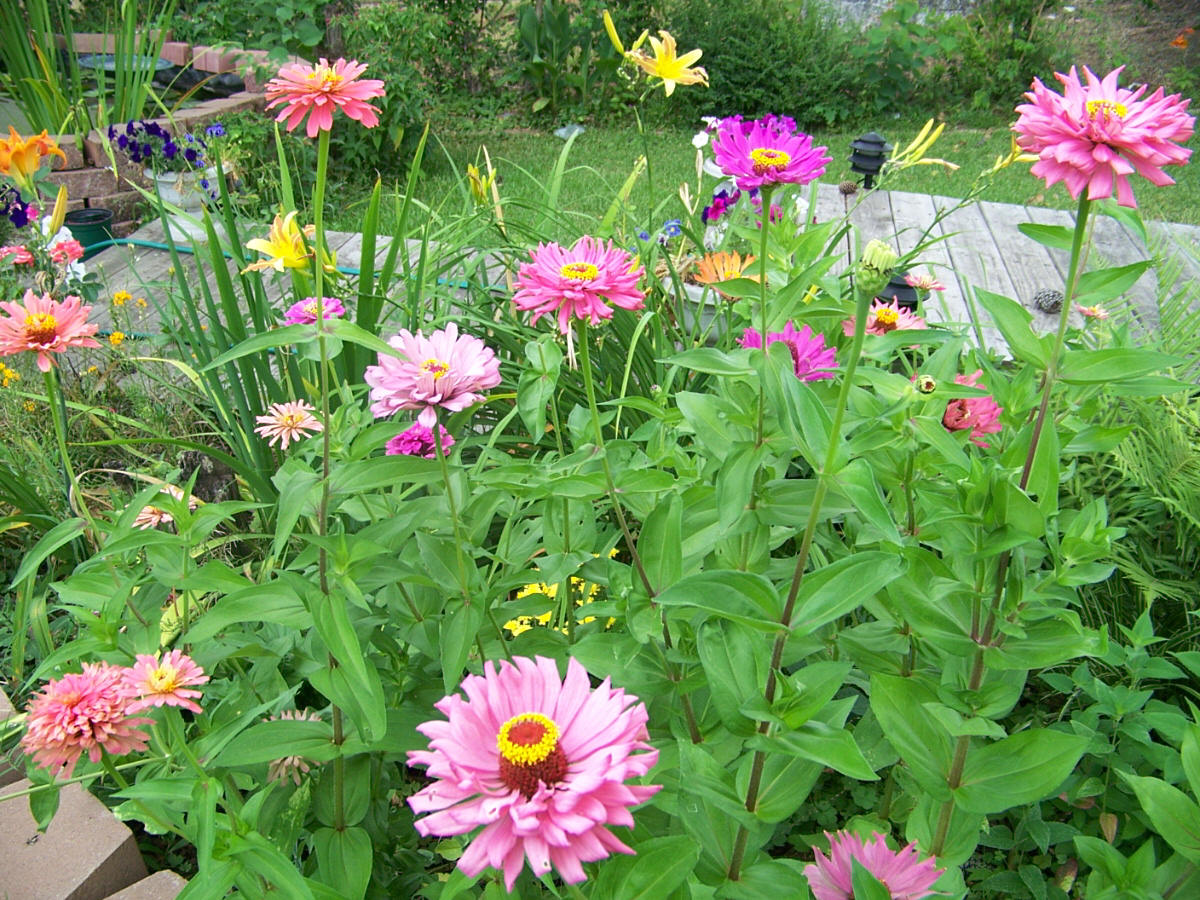|
Gardens Ablaze |
||
|
|
Annuals
|
Featured Retailer: |
|
Detailed Annual Site Map
Home
|
Most annuals make wonderful container plants - either grouped or as single specimens. They are essentials in many perennial gardens as fillers for bare spaces, or as masks for the declining foliage of their perennial neighbors. Massed, they can and do provide color and form throughout the entire growing season. Annuals come in sizes ranging from small border type plants to 8 foot giants, and many self seed readily, providing the gardener with a free bonus year after year. There are both cold weather and hot weather varieties to choose from, making it easy to change a walkway border or container for a different look every season. For in-depth on information on some popular individual annuals, including their alternative uses, please see the links to the left. Many more will be added soon, so do Bookmark, as pages are added to this site daily. As a note, in some cases, individual annuals may also grow as biennials and perennials, especially in the south. In cases where this is well-known, I have listed them in multiple categories so they will not be overlooked. This is a large website, and it is very difficult to cross-reference everything and still have room for the subject matter. I have done my best, but do not forget about the backspace buttons if you find yourself in an unintended category.
Custom Search
|
Getting Started in Your Garden
The Ultimate Flower Gardener's Top Ten Lists x |
| Gardens Ablaze | ||
 Annuals
are a large group of plants that complete their life cycle in one season.
They are the longest blooming of the plant categories, and as such, are
essential elements in most landscapes.
Annuals
are a large group of plants that complete their life cycle in one season.
They are the longest blooming of the plant categories, and as such, are
essential elements in most landscapes.